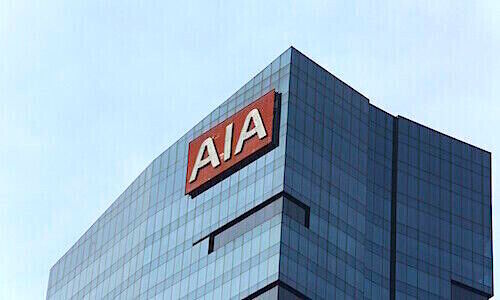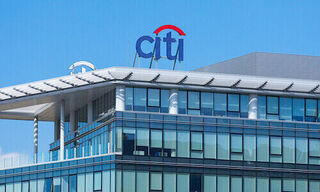Jonathan Cavenagh is the senior foreign exchange strategist at Westpac Banking Corporation, he is based in Singapore. Cavenagh covers Asian economies and their respective currency markets.
His main focus is on developing trade ideas, with a specialisation on relative value ideas across the Emerging Markets Asian currency bloc. Prior to joining Westpac, Cavenagh worked in the Economics Research Department with the Reserve Bank of Australia. He has been with Westpac since September 2004, and has been based in Singapore for the last four years.
Given recent geo-political, global policy and local market developments we caught up with Jonathan who shared his insights on the following topics:
AWT: Which currencies across the Asian region do you favour Jonathan and why?
Mainly NEA currencies like CNH, KRW and TWD, particularly against SEA currencies like IDR and THB. NEA has better current account, FX reserve positions to withstand higher US rates, so as the US Fed begins to normailise policy I would look for NEA divergence vrs SEA. Within SEA the SGD and PHP should be the most resilient. The Philippines growth story is quite strong and both Singapore and the Philippines enjoy strong BoP positions.
AWT: Which country looks the most fragile Malaysia, Indonesia maybe even Japan?
Indonesia is definitely vulnerable. Relative low FX reserves, combined with a reliance on portfolio flows to fund the current account deficit, leave IDR vulnerable to risk aversion spikes and higher US rates. In addition, we have economic growth slowing and inflation pressures still elevated. In a sense this leaves the Bank Indonesia between a rock and a hard place. The Indonesian government probably needs to do more to support growth but is also constrained to a degree as it looks to improve the underlying fiscal position.
Malaysia is vulnerable to a continued rout in global fixed income markets but with a current account surplus position and a rebound in oil prices, it’s not as exposed as it was in Jan/Feb of this year.
AWT: With regard to the local Singaporean currency can you see the MAS tweaking it again anytime soon?
Not in the short term. Q1 growth looks as if it will be revised up a touch and with oil prices bouncing the risks around deflation etc have diminished. So a move ahead of the next policy meeting in October seems unlikely.
AWT: Given revised Q1 growth figures in the USA and the doubts still shadowing how robust the growth story is do you sincerely expect a rise by the FED at all in 2015?
Q1 growth was quite weak in the US but part of this reflected the port strike in LA and harsh weather conditions. These negative influences should dissipate as we progress through Q2 and Q3. We also saw payrolls growth bounce back in April, which reinforces this view. We are unlikely to see the same kind of rebound in Q2/Q3 like we saw last year and lower energy prices are still having an impact on US manufacturing. However, there is now less spare capacity in the economy compared to this time last year, so it might not take much to see stronger inflation pressures. Hence at this stage we are still looking at a September hike from the US FOMC.
AWT: Australia is seeing a lot of inflows from Asian sources across all asset classes is this diluting the Australian dollars value?
We are seeing inflows into the A$ market, with Japanese investors showing renewed appetite to acquire A$ denominated assets. Japanese QE still has some way to play out and a lot of European yields are now trading in negative territory. So while AUD yields have come down in recent years, in an outright sense they are still quite attractive. Flows into Australia’s property market, particularly from Chinese investors, is also a supportive factor and they can be expected to continue as China liberalises its capital account further. In turn this pushes the AUD above its traditional fair value estimate, which has been trending down due to lower commodity prices.
AWT: Finally it seems there always has to be a Greek related question – so how would a default/Grexit impact on Asian currencies?
Risks off fallout seem reduced compared to a few years ago, as other European banks have reduced their exposure to Greek banks to a large degree. However, there are a lot of unknowns in a situation like that and the market response is often to sell first and ask questions later. So there is scope for fallout for EM Asia currencies. Those that have current account deficits (India, Indonesia) should feel the brunt of the fallout, at least in the short term.




















